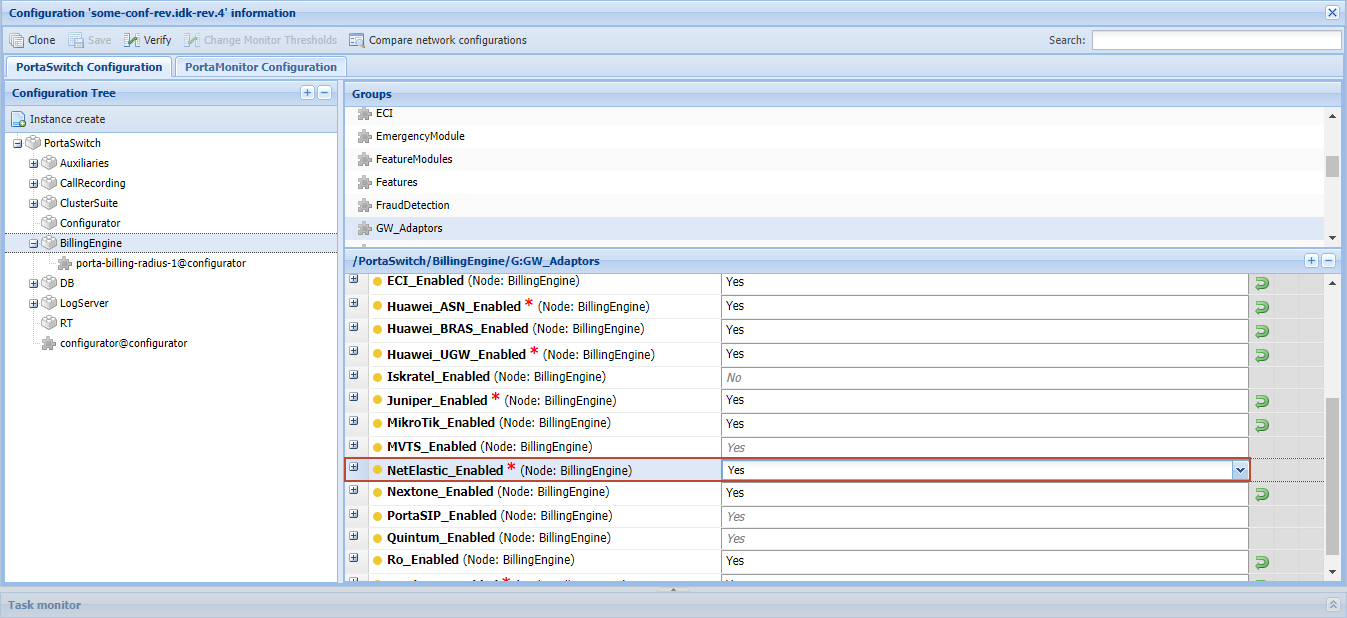PortaBilling is now integrated with the netElastic virtual Broadband Network Gateway (vBNG) to enable charging for the internet broadband service.
BNGs serve as the access point for the users to connect to the internet. This integration allows you to use the netElastic’s virtual (software-based) BNG which offers cost-effective scalability as your customer base expands.
The connectivity between the netElastic vBNG and PortaBilling is established via the RADIUS protocol. When a user is connecting to the internet, PortaBilling authenticates them, authorizes the internet session to verify that the user has sufficient balance/quota to use the service. PortaBilling also sends the permitted bandwidth, e.g., 10 Mbps, to the netElastic vBNG.
When the Internet session is established, the netElastic vBNG periodically provides session usage information to PortaBilling, e.g., sends “keep-alive” accounting requests with the information about the consumed data volume. When a user’s balance or quota is depleted, PortaBilling sends a Packet of Disconnect (POD) request to the netElastic vBNG to terminate the session.
Benefit
Service providers can leverage the advantages of netElastic’s virtual BNG to offer internet service to their customers.
Configuration
To configure the connectivity between the netElastic BNG and PortaBilling, perform the following steps:
- Enable the dedicated netElastic module on the Configuration server web interface by setting the NetElastic_Enabled option to Yes.
- On the PortaBilling web interface, configure a netElastic node of the BRAS (Broadband Remote Access Server) type.





 Back to main menu
Back to main menu